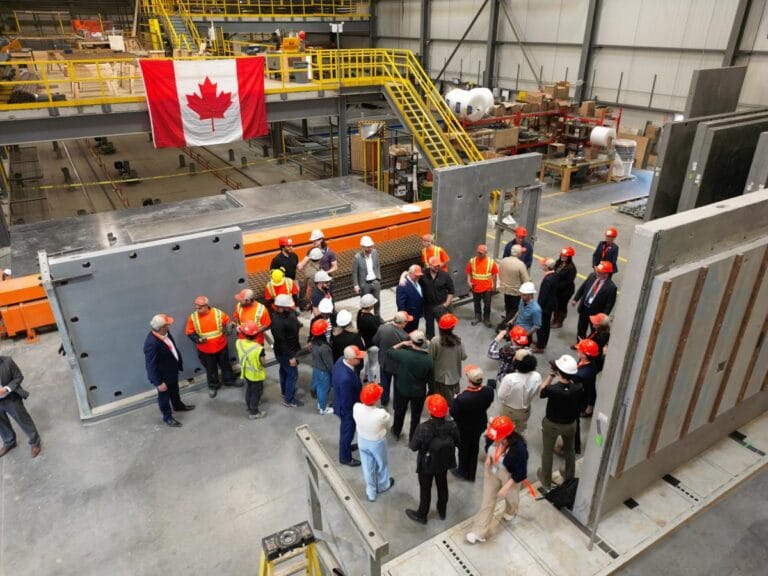
What Is Build Canada Homes
TLDR: What Is Build Canada Homes? It is a new federal effort that helps communities plan, finance, and build more
Kiwi Newton
Articles
Design-build is a modern project delivery method where a single entity—the design-builder—is responsible for both the design and construction phases of a project.

TLDR: What Is Build Canada Homes? It is a new federal effort that helps communities plan, finance, and build more

Kiwi Newton delivers a first-of-its-kind relocatable, open-air parking deck at Reagan National Airport, adding capacity quickly with minimal operational disruption.
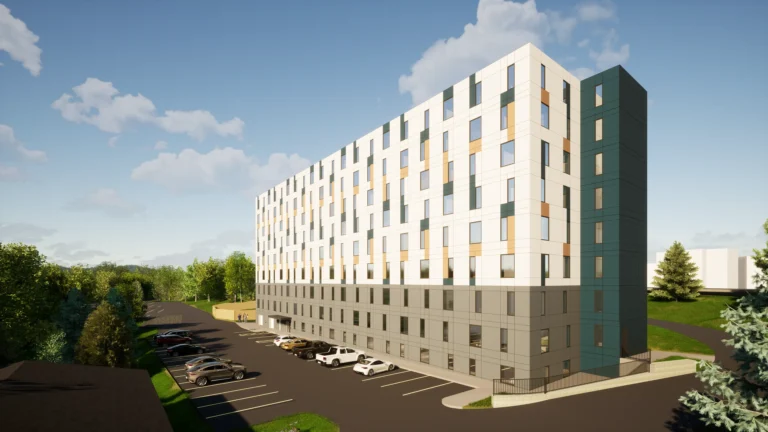
Universities and colleges need more beds delivered with certainty on time and on budget. If you work with student residences

If you are planning to build or upgrade a home, fire safety might be high on your list of priorities.

Can energy efficiency and affordability coexist in new housing developments? At 1081 Montreal Street in Kingston, Kiwi Newton proves they can. This case study explores how the Kiwi Precast System delivered high-performance, cost-effective housing that exceeds national energy benchmarks by over 60 percent—setting a new standard for energy efficient affordable housing in Canada.

Ontario Premier Doug Ford visits Kiwi Newton’s advanced manufacturing facility to explore modular construction solutions accelerating affordable housing across the province.
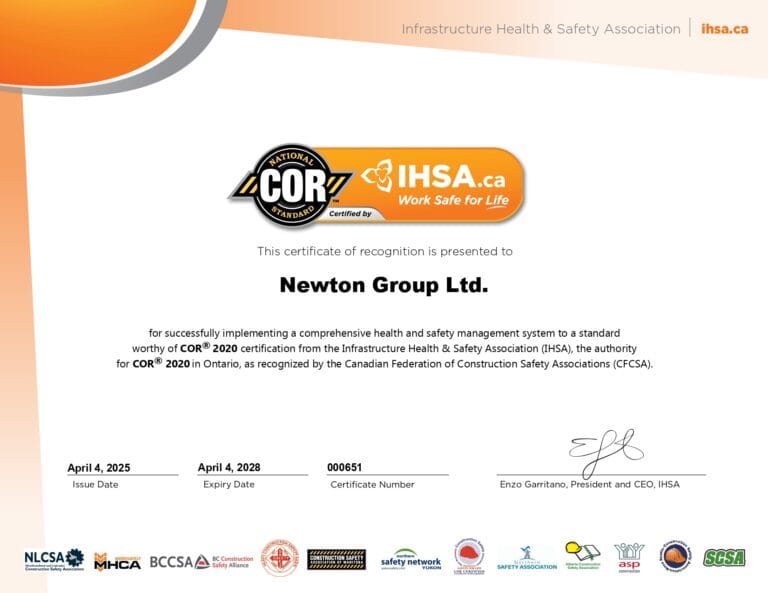
Kiwi Newton has successfully transitioned to COR® 2020 certification, the highest standard in Canadian construction safety. This achievement reflects our unwavering commitment to protecting workers, exceeding compliance, and leading the industry in safe, responsible building practices.
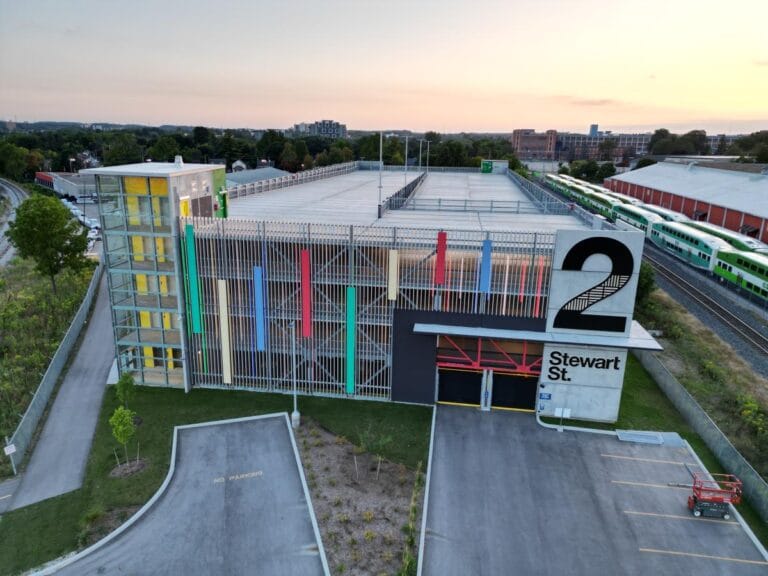
Imagine if every project stakeholder, engineers, procurement officers, contractors, and facility owners, could speak the same language with just one line: “Built to CSA S413.”
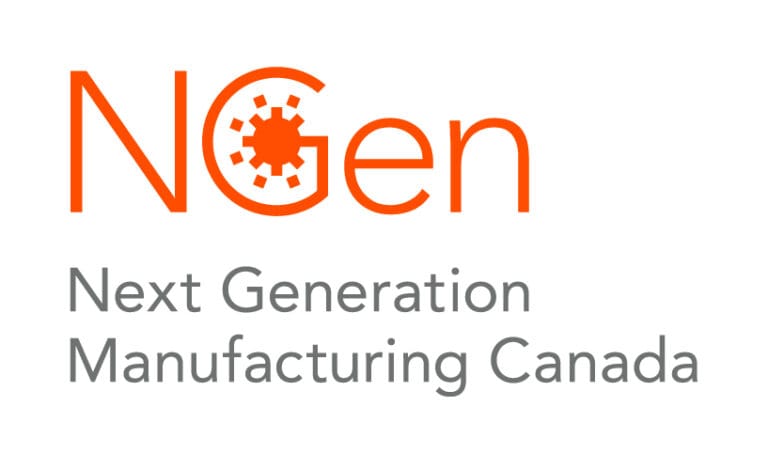
Kiwi Newton has been selected as a lead partner in a $95M national initiative launched by NGen to revolutionize Canadian homebuilding. Through the Advanced Manufacturing for Affordable Home Building project, Kiwi Newton will deploy its innovative Kiwi Precast System to deliver faster, greener, and more affordable housing—strengthening domestic supply chains and reshaping how Canada builds homes.